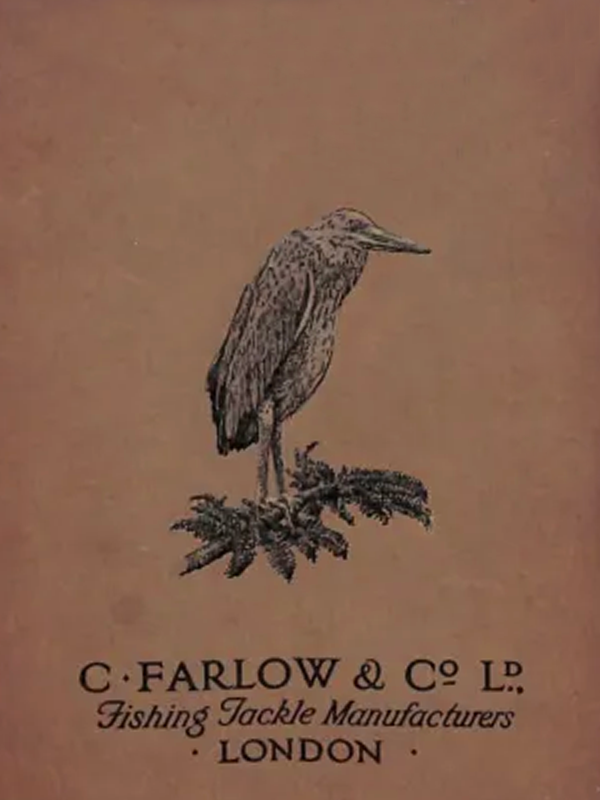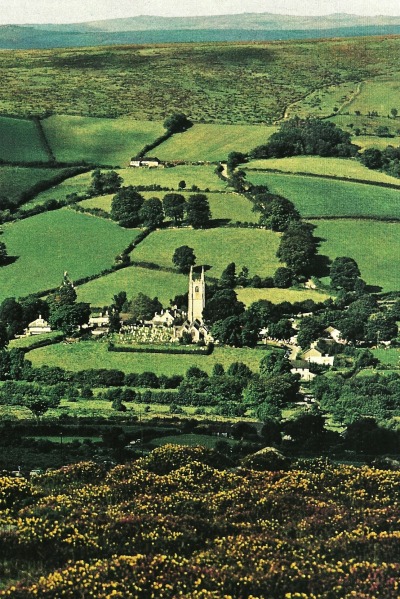
The house of Hardy
The house of Hardy

If we celebrated the hundred and fiftieth anniversary of Hardy’s last May at the Comptoir Général in the presence of Jim Murphy, its new general manager, it is because in 1872, a young man named William Hardy had set up as a gunsmith in Alnwick, in the North of England.

At the beginning of the last century John James Hardy brother of William, fishing salmon in Scotland.
In 1882, the first catalogs dedicated exclusively to fishing were printed.
He soon joined forces with his brother John James, an avid angler, and the following year their company, Hardy’s Brothers, abbreviated to Hardy’s Bros, offered not only guns but also top quality fishing tackle for the river and the sea. Ten years later, in 1882, the company was prosperous enough that fishing-only catalogs with a print run of several thousand copies featured the best quality rods, reels, lures, flies and fishing accessories.
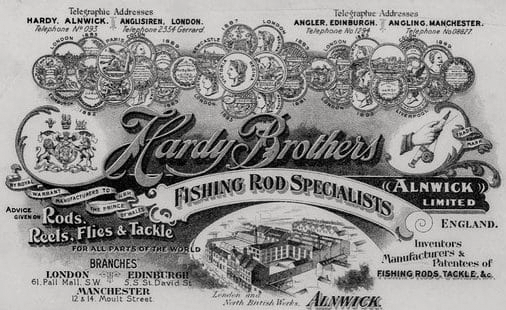
In the middle of the Victorian era, Hardy House was already well established and had won numerous awards.

The 1937 catalog, the year of the coronation of King George and his wife, the parents of Elizabeth II, was printed in more than one hundred thousand copies, which does not prevent it from being highly sought after by collectors.
Very quickly, the two brothers create their own their own range.
Before that, the brothers bought most of the items they sold. Their reels, for example, came from Malloch’s, a famous firm in Perth, Scotland. However, as the business grew, the Hardys found themselves with a reputation for superior equipment to uphold and realized that they could hardly continue to depend on products made by competitors.
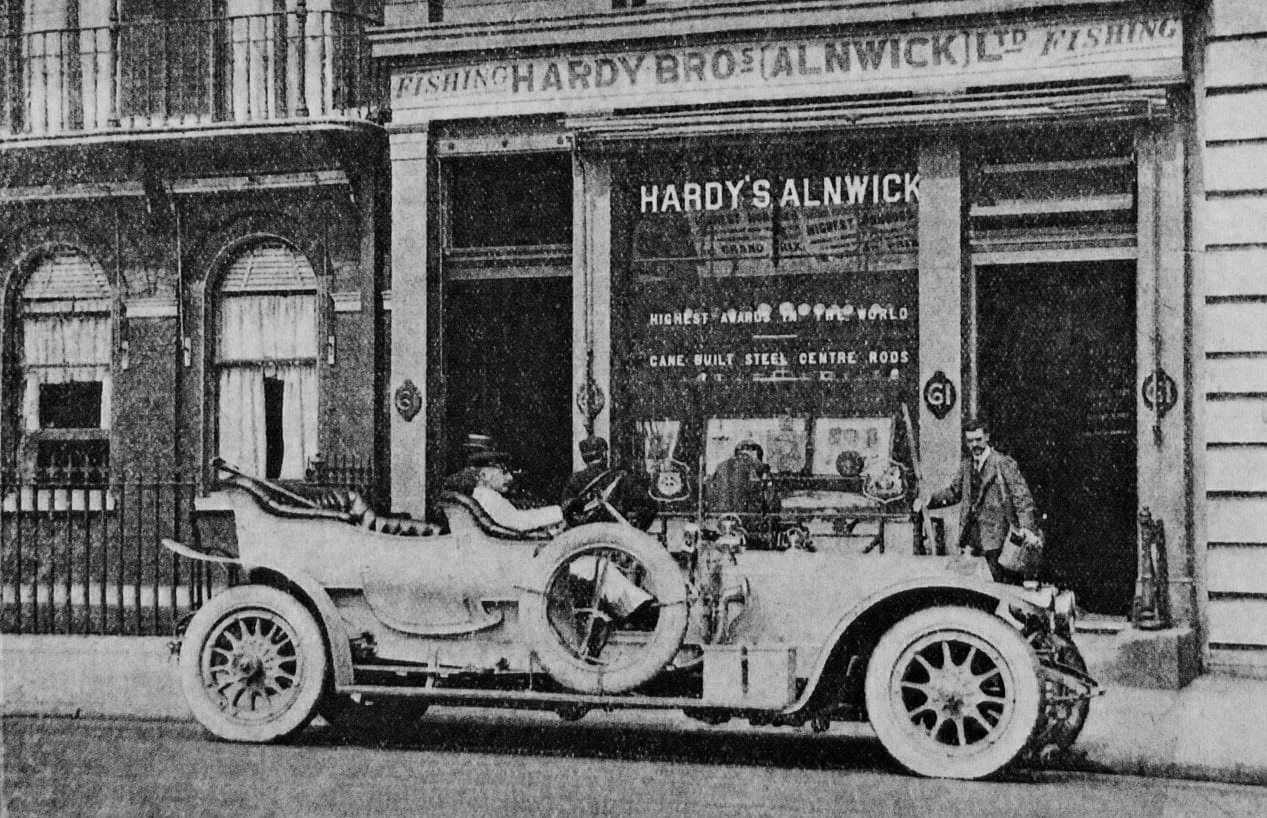
In 1882, the company created ten years earlier opened its first store in London, at 61 Pall Mall.
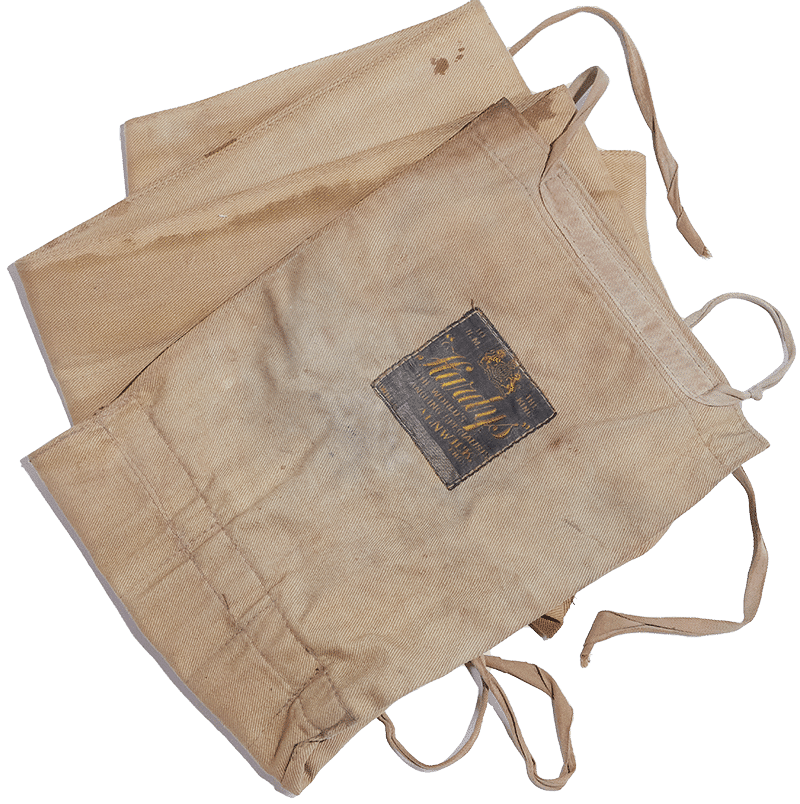
Hardy's rod cases, made of the best Egyptian cotton, were much more resistant than those of their competitors.
So in 1891, after three years of patient development, they launched a reel that would become their most famous product. They patented it and with Victorian confidence called it the “Perfect”. Like the reels of the day, it was made of copper and from the outside was hardly distinguishable from the others. But if you took the spool apart, the ball bearing appeared which reduced wear and friction. In addition, for the first time, the pawl had an adjustable tension system that made it a kind of brake.
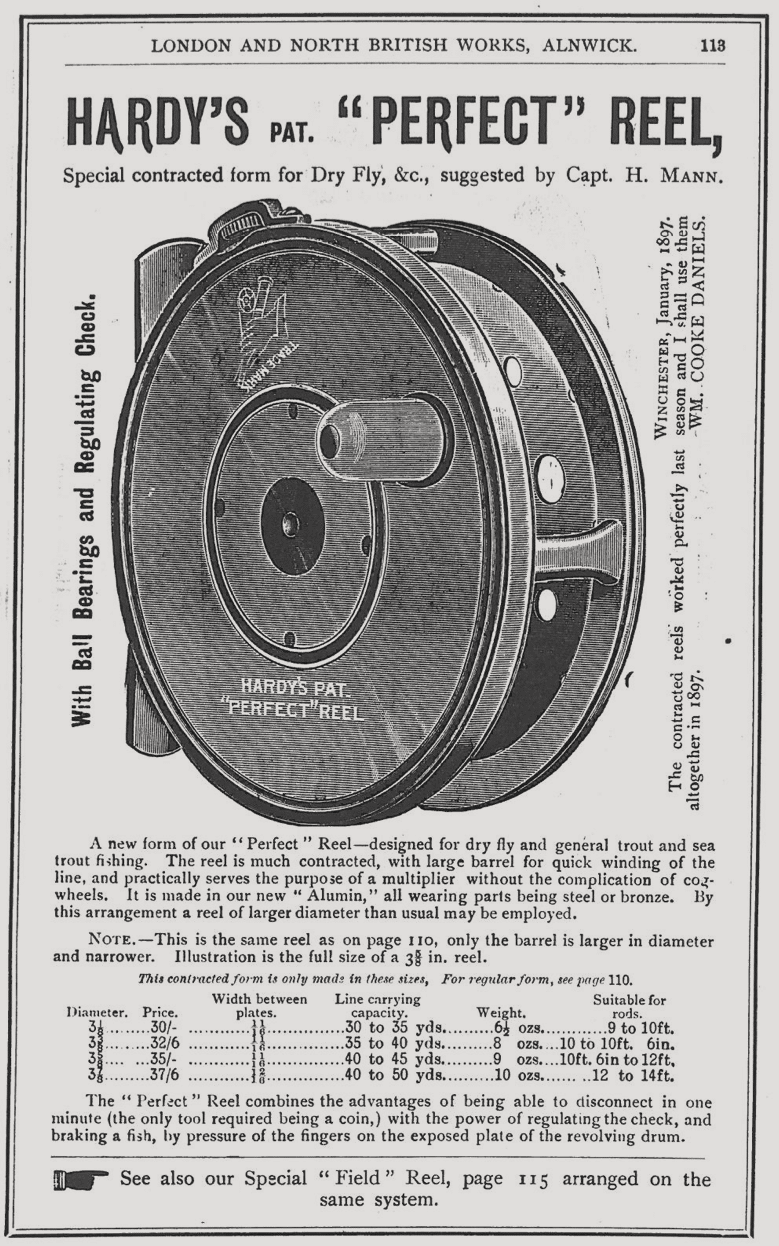
One of the many versions of the "Perfect" in different sizes, for dry fly trout fishing.
The “Perfect” became the most famous fly reel in the world.
The “Perfect” was to become the most famous fly reel in the world, manufactured in various versions without interruption until 1967. At the request of American anglers, production resumed in 1976 and continues to this day. And yet if it was, and remains, the most improved and manufactured fly reel, the Perfect is still only one of the hundred and fifty or so fly reel models manufactured by Hardy. The list would be too long to publish here, but even on the continent, trout and salmon fishermen have heard of Uniqua, Saint George, Saint John, Sunbeam, Zenith, Husky, Barton, Princess, Marquis, Viscount, Prince, Cascapedia, Saint Andrew, Saint Aidan etc. etc. and know that these names are synonymous with quality and a certain “touch of class” on the handle of a fly rod. In Great Britain, but also in the United States or in France, many anglers still use models that were bought by their grandfather or great-grandfather, and that work as they did on the first day, without realizing that these reels are real collector’s items, which sold at Sotheby’s or Chrystie’s in London or New York, could pay for a fifteen day fishing trip to Alaska for two people.

The cover of the 1961 catalog, shows that split bamboo canes were still well manufactured at that time.

A large model of Perfect for salmon, 4.5 inches in diameter, with its splendid leather case, red velvet interior. circa 1950/55.
For sea fishing of large marine fish, such as tuna, swordfish, marlin and large sharks, the Hardy brothers created the “Fortuna” (a play on the words “for tuna”), then the Alma and the famous “Zane Grey” models in various sizes, specially made for the famous fisherman of the same name, globetrotter, billionaire thanks to his books, and to the rights bought by the Hollywood majors to make dozens and dozens of “Westerns”. When you find them in specialized sales, an Alma or a Zane Grey are negotiated around 25 000 to 40 000 dollars… When he asked Hardy to make him “his” reel for the Big Game, didn’t Zane Grey, in 1928, specify that he wanted the best reel in the world, whatever the price. It is true that in order to go fishing in all the oceans of the globe, he had bought the gigantic Kayser Willhem II sailing and steam yacht, on which he lived and wrote his famous novels.
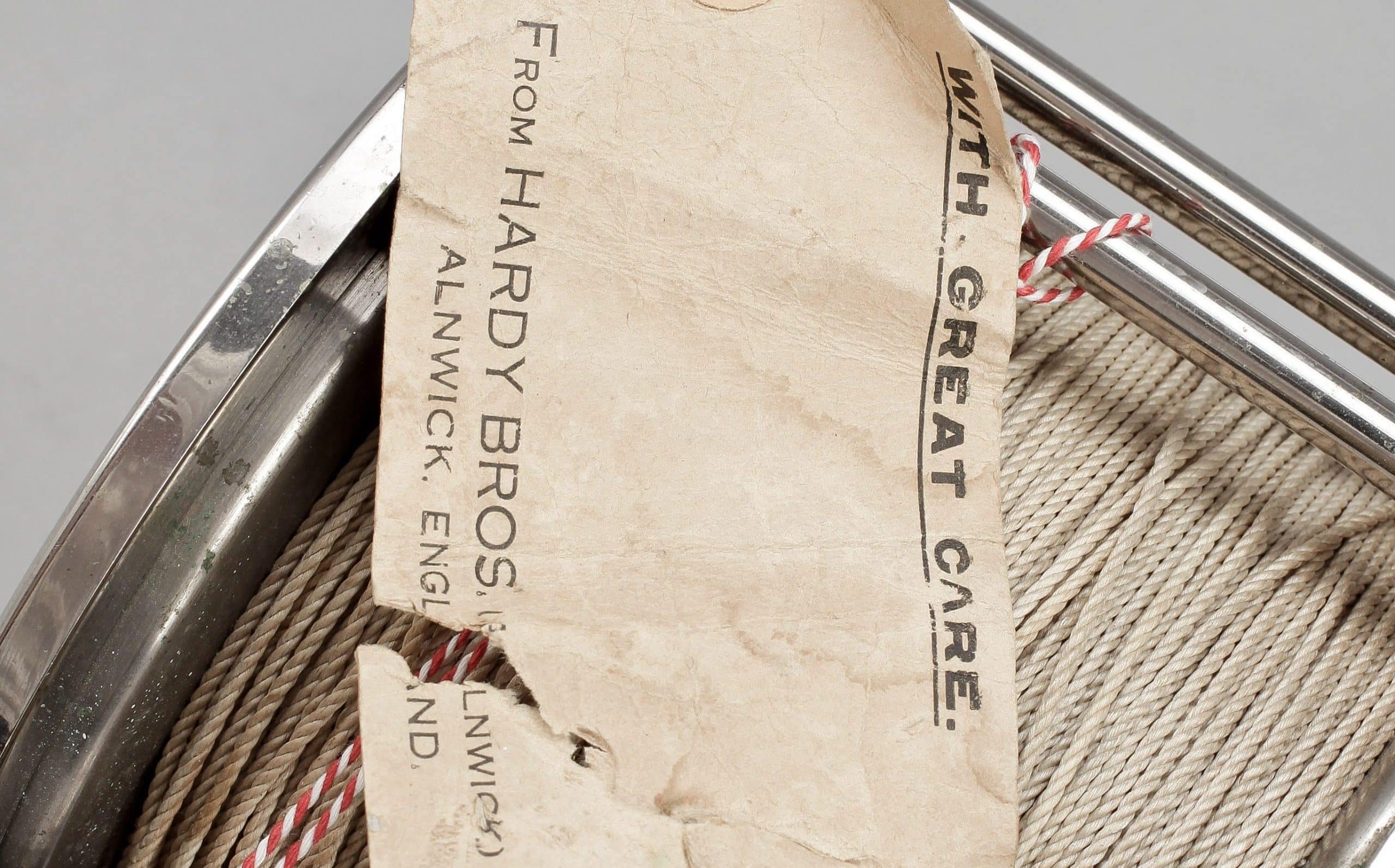
An "all-body" fishing reel filled with 39 strands of braided linen line.
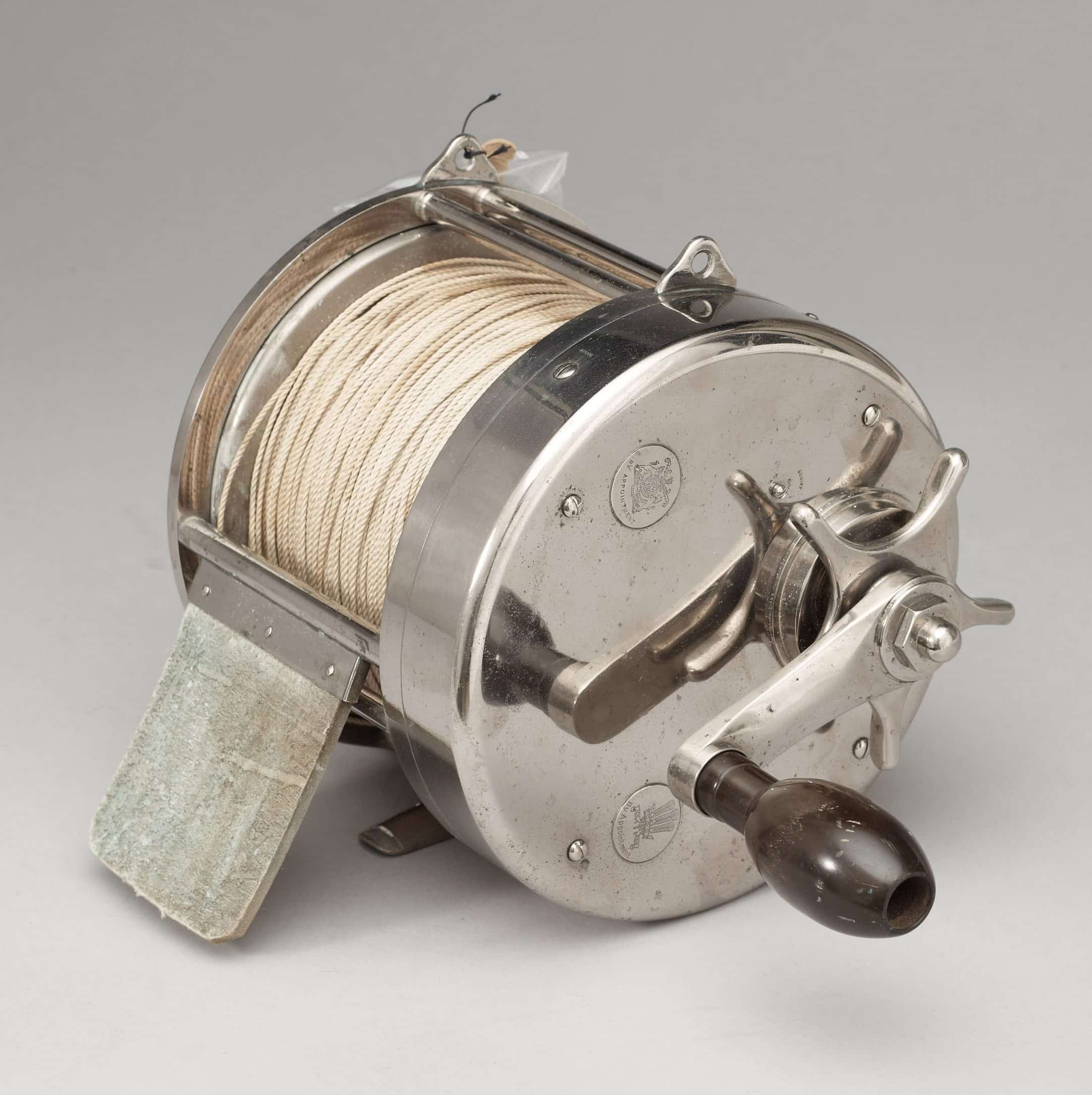
The Zane Grey reel, totally unalterable to sea water, in all three sizes, was so expensive to manufacture and therefore to sell, that in twenty years only less than 60 were made.
Thanks in part to Zane Grey, it wasn’t long before Hardy’s products became world famous and were sought after for exclusive princely or royal commissions around the world. One letter finally reached Alnwick, addressed to “Hardys, c/o the King of England”.
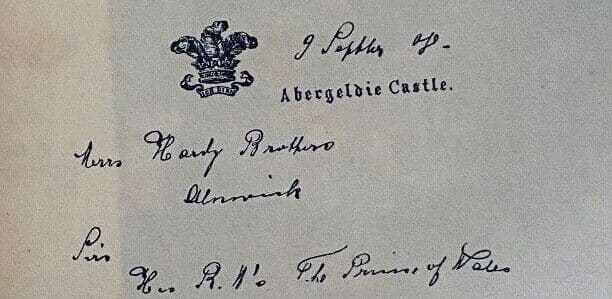
letter dated September 1908, addressed to Hardy House by the secretary of the Prince of Wales.
The whole world walked through the door of
61 Pall Mall in London.
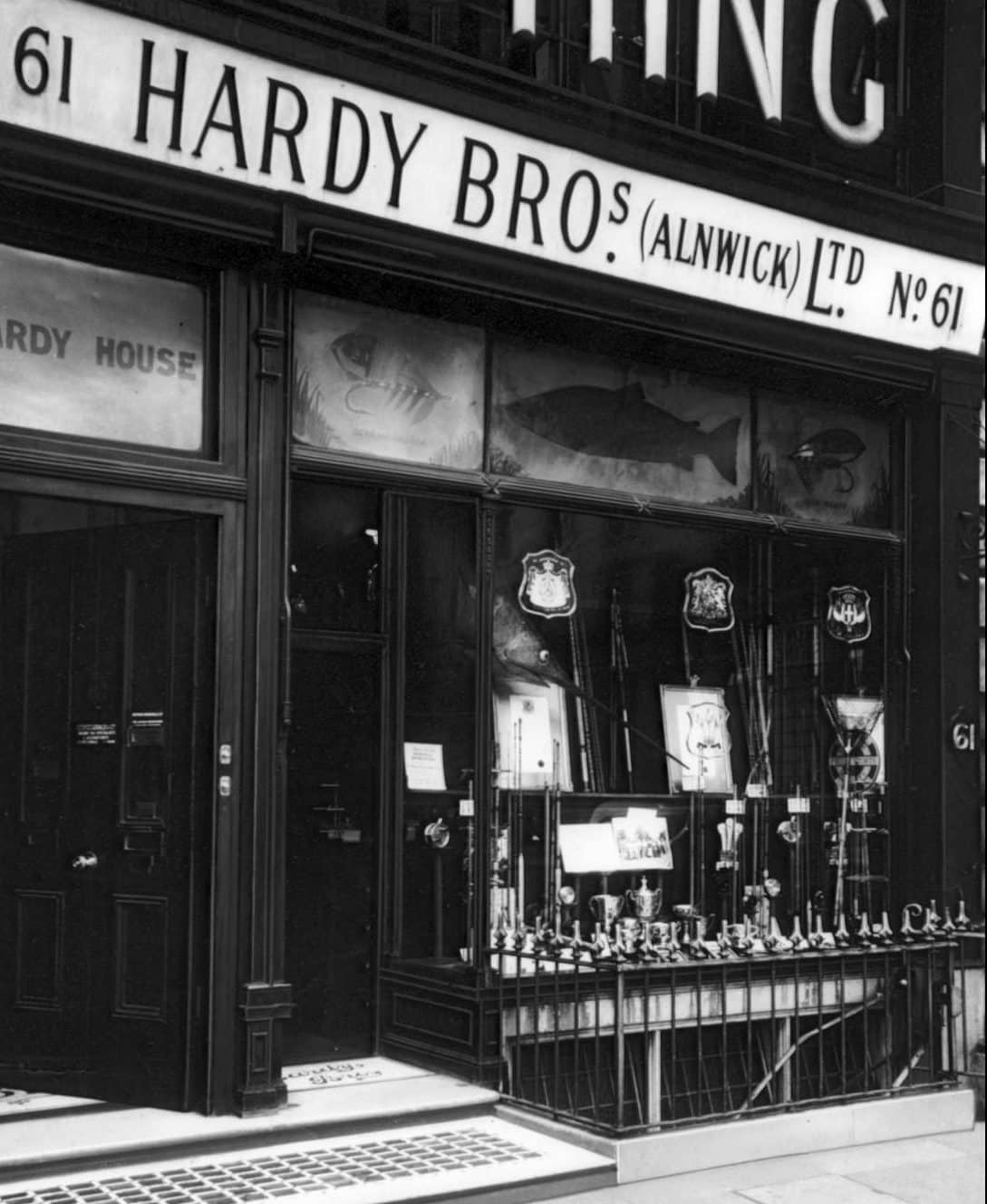
The front of the famous store at 61 Pall Mall, a few blocks from Buckingham Palace.
Their range of tackle, in the 20s and 30s, was so complete and enormous, from tackle for roach, to tackle for tuna and marlin, to trout and salmon, to giant Himalayan barbel and gigantic Kenyan Nile perch, that pre-war catalogs, such as the one from 1929, ran to 374 pages.
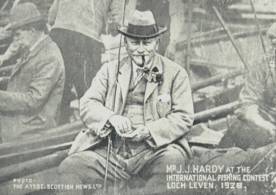
In 1928, on Loch Leven, John James Hardy participated in the annual competition.
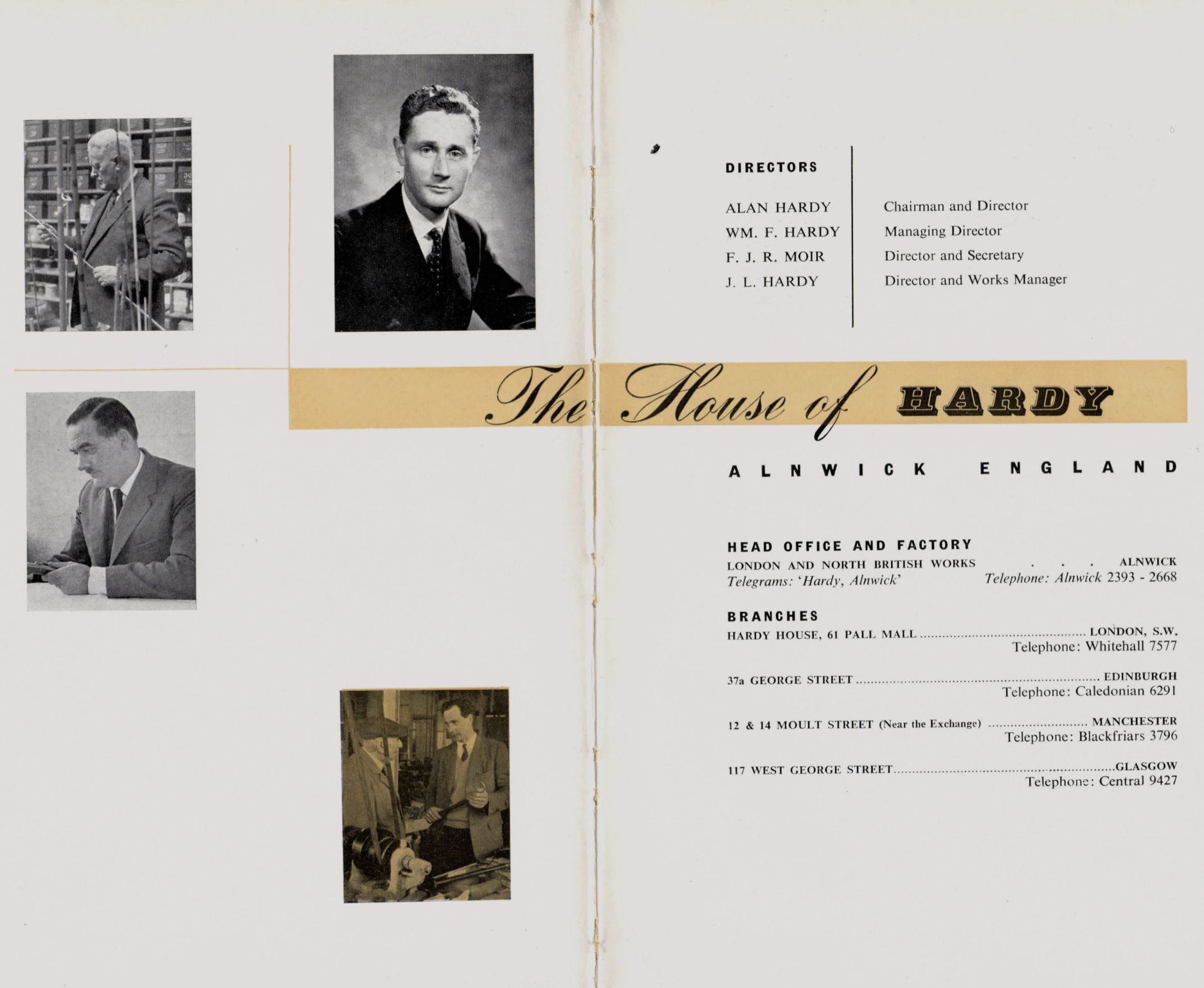
Hardy had stores in London of course, but also in Edinburgh, Glasgow and Manchester.
During the first decades of the company’s existence, Hardy’s commercial activities were limited to Alnwick, in the North of England, from where orders and deliveries were made all over the world. In 1897 the two brothers opened a store at 61 Pall Mall in London, which quickly became, for three quarters of a century, the most famous fishing store in the world. This store, which I knew well in the 70’s and 80’s, unfortunately had to close soon after, when the wonderful split bamboo rods became too expensive to manufacture, and Hardy reels were competing at high prices with pale copies made in South-East Asia.
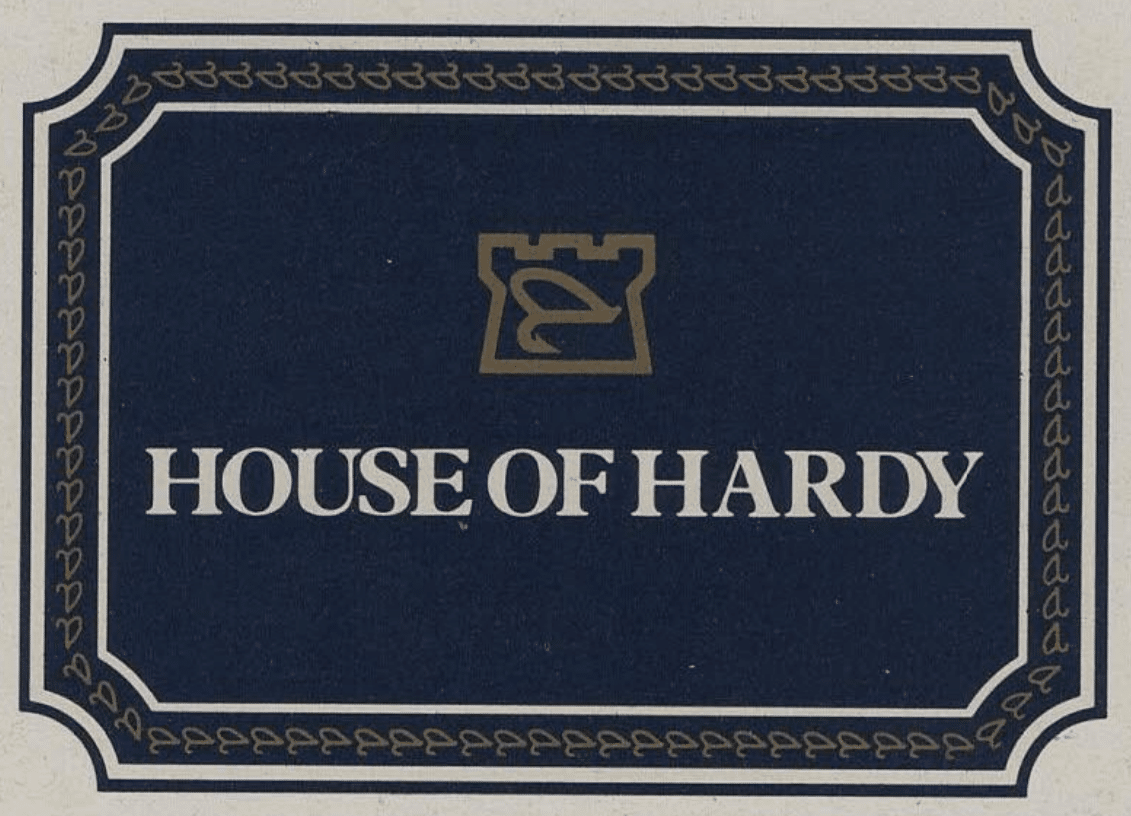
From 1970 the modernized logo of the Hardy house.
Since two years, the brand which always wanted to manufacture the best, as in the time of Zane Grey, was bought, kept and relaunched by the world number one (thus American) of manufacturing and distribution of fishing tackle: “Pure Fishing”, which also owns the brands ABU, Mitchell, Fenwick, Shakespeare, Fin-Nor, Stren and many others. If not by its turnover within the group, but by its worldwide reputation, especially among fly fishermen, Hardy has become the flagship of the most authentic and stylish products at Pure Fishing. And it is because we own and exhibit at the Comptoir Général, one of the most beautiful collections of vintage Hardy equipment from the great years (split rods, reels, fly boxes, lures, etc.), that Jim Murphy, the new general manager, has decided to celebrate here the 150th anniversary of the brand.



